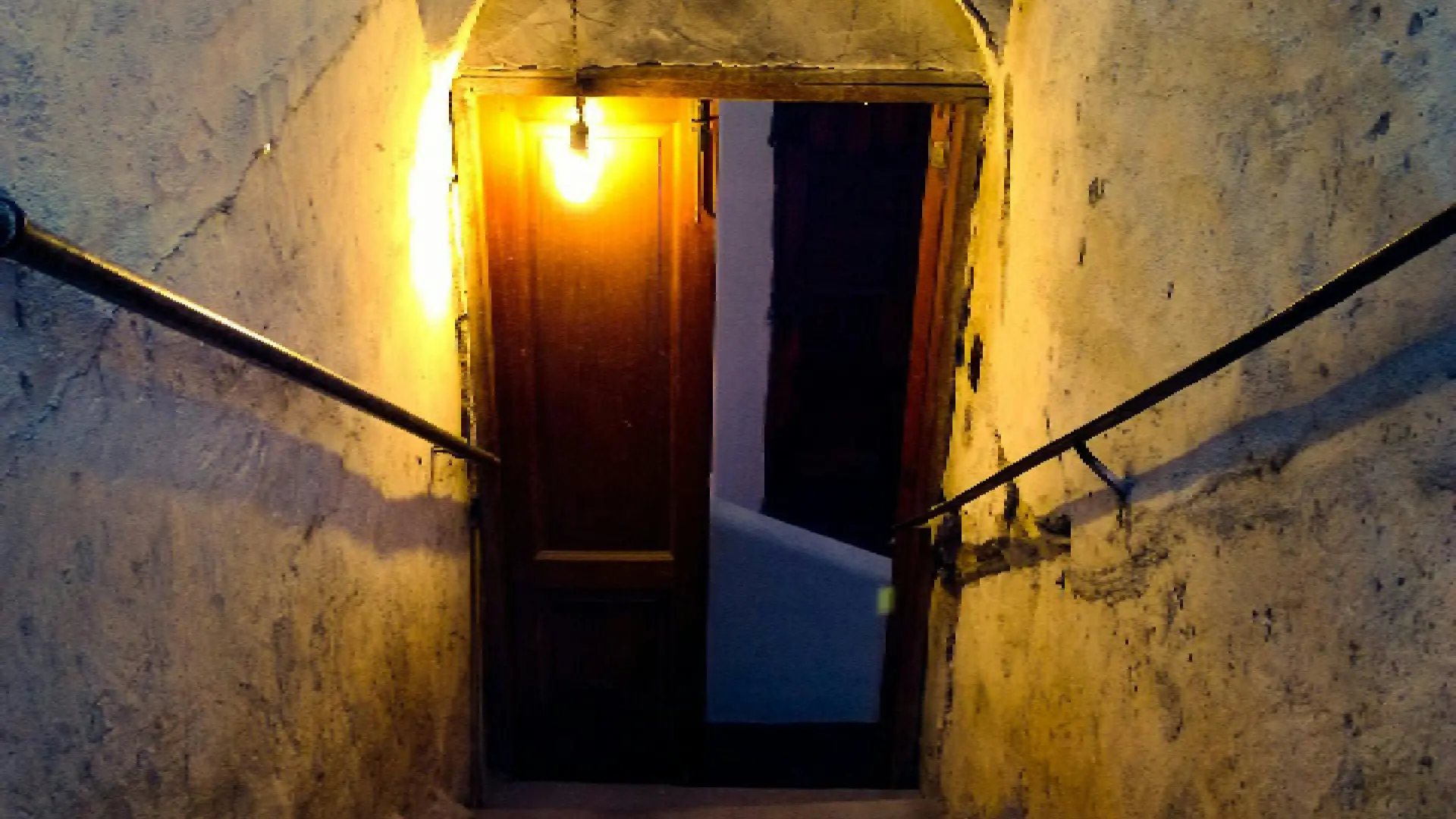
Top 7 Warning Signs Your Basement Needs Waterproofing
A dry basement is comforting and indicates that the house’s foundation is protected. Most water issues start small and worsen over time. These concerns are sometimes hidden behind walls or floors. Knowing the early signs that a basement needs waterproofing can save you money. Paying attention to these small signals may help keep a basement dry, secure, and usable year-round. Let’s discuss this further.
Musty Smells That Don’t Go Away
Musty smells are irritating to the senses and body, and they usually mean that there is moisture in the basement. Even after cleaning and air freshening, the scent remains. This suggests mold or mildew, which thrives in damp, enclosed spaces. The spores that these fungi emit into the atmosphere during their life cycle provide a wet fragrance.
If the moisture source is not addressed, the problem will persist. Mold grows in moist basements, so sealing any gaps may help prevent moisture from entering and giving the mold an ideal environment. Instead of covering up the stink, fixing the root cause will improve air quality and living circumstances.
Visible Mold or Mildew Growth
Even minor mold or mildew patches on walls, flooring, or stored items indicate basement moisture. If left untreated, these spots may start off faint like dust but darken and spread swiftly. Once they form, they signify high humidity or water intrusion. Mold isn’t merely cosmetic. Over time, it can damage walls, wood, and insulation and create a hazardous interior atmosphere.
When mold grows again after cleanings, waterproofing is important. This suggests moisture is still entering from outside or via poor ventilation. A smart waterproofing approach blocks that access point, drying the room and preventing further spread.
Cracks in Foundation Walls or Floors
Fix any basement wall or floor imperfections, no matter how severe. Water can enter via hairline-sized gaps, especially after a lot of rain or snowmelt. Increased water seepage could lead to cracks spreading farther between surfaces. If water keeps entering and freeze-thaw cycles worsen it, a cosmetic issue might become fundamental.
Foundation crack sealing is common in basement waterproofing. Patching the cracks is not enough; you must fix the causes. A complete remedy often includes drainage solutions, sump pumps, or interior sealants.
Efflorescence on Walls
White powdery streaks on concrete or masonry walls, known as “efflorescence”, are a sign of moisture problems. As water evaporates through a wall, mineral salts are left behind. While not dangerous, efflorescence indicates water has been flowing through the basement walls. It indicates that moisture is present in the structure and will return if not rectified.
Stopping efflorescence requires more than surface cleaning when waterproofing a basement. It involves improving outside drainage or installing water barriers to prevent moisture penetration. When the basement stays dry, chalky streaks won’t return, and the concrete will last longer.
Peeling Paint or Bubbling Wall Finishes
Painted or finished basement walls can show early moisture damage. This happens often. Usually, trapped water reacts with paint to bubble, fracture, or peel. The finish may blister or deform in rare cases. Water or humidity appears to be the origin of these warps, which break down the adhesives that hold everything together.
Waterproofing helps prevent cosmetic flaws from becoming major issues. After sealing the basement, finishing materials are less likely to decay. Whether finished or unfinished, this protects the basement walls’ appearance and usefulness.
Water Stains and Puddles After Rain
A heavy downpour leaves water stains on basement walls or flooring, indicating waterproofing is needed. Brown or yellow stains emerge from the wall base. In extreme circumstances, puddles may accumulate around room boundaries or support beams. Standing water can cause mold, rot, and structural damage, so remove it immediately.
Sometimes fixing external grading or cleaning gutters is enough, while other times, extensive waterproofing is needed. Installing French drains, vapor barriers, or exterior membranes may prevent water entry. Acting on stains early saves time and money. Before the next rainstorm, hire a professional to examine the space and propose long-term remedies.